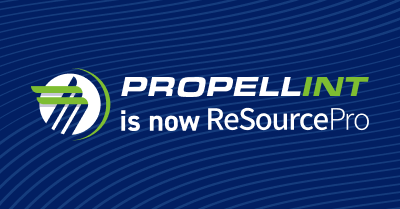What you need to know about insurance automation
Between the countless types of bots, tasks to which it can be applied, and implications it can have for your organization’s workforce, automation is no easy subject. Whether you’ve already begun your automation journey or just thinking about starting one, consider these three steps you’ll need to take to automate successfully.
1. Take a crash course
Understanding automation at a high-level may not be necessary, but it’s helpful to know some of the basics.
In insurance, we commonly utilize robotic process automation (RPA). This technology automates repeatable and routine tasks by simulating key strokes and mouse movements based on a series of rules, just as a human would.
Next, automation has different designations based on the degree to which it involves humans, and you will often hear the terms “attended” and “unattended” when the technology is discussed. “Attended” means that a human does one part of the work and a bot does the other, whereas “unattended” means that the bot can complete the task on its own.
Lastly, different technologies can be combined with RPA in order to streamline processes even further. For instance, you can use optical character recognition (OCR), another AI-driven technology which extracts text from images and scanned documents, in tandem with RPA to populate spreadsheets and other digital documents.

2. Prepare your workforce
For employees, automation can be a confusing if not frightening prospect. Be prepared to explain to your people how their jobs will change: for the better. Bots aren’t replacing humans, but rather taking over repetitive tasks so that humans can focus on higher level work. When introducing any automation initiative, it is best to ensure your employees understand how the technology will empower them and what kind of support they will receive in order to work alongside bots efficiently.
Want to know more about introducing your workforce to automation? Read more.

3. Beware the pitfalls
Automation can cut both time and costs, but bots aren’t perfect. While bots typically handle low level tasks, they’re still prone to error. What happens if a bot does something incorrectly, but no one notices in time to fix it? You could have a costly E&O incident on your hands. This means that having a human in the loop is critical to any successful automation project, not just because bots can break, but because they need to be updated too. Industry regulations and procedures are constantly changing, and bots won’t adapt on their own.

Automation isn’t plug and play—it’s a continuous journey. If your insurance organization could use help understanding where and how to successfully automate, let’s talk.




